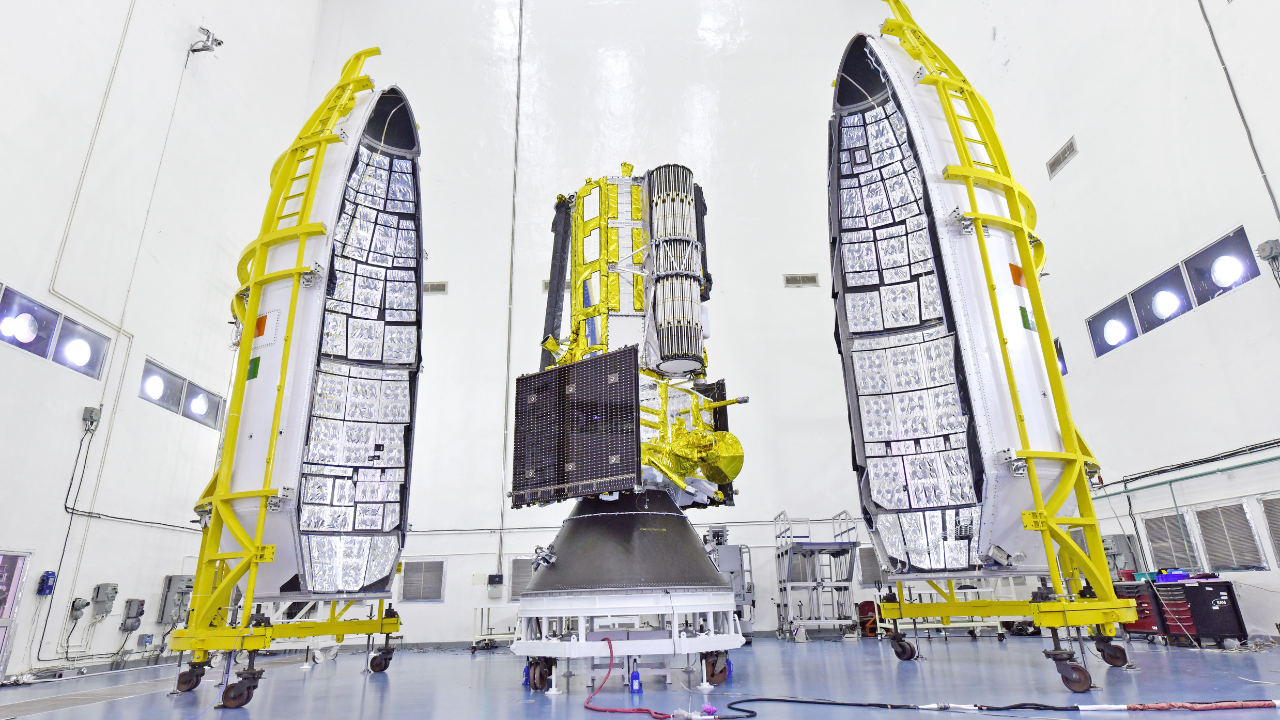Get ready for groundbreaking Earth observations! The joint NASA-ISRO NISAR satellite is poised for launch on July 30th, embarking on a journey aboard the GSLV-F16 rocket from Sriharikota. This isn’t just a launch; it’s the beginning of a complex process.
Following liftoff, a multi-week deployment sequence will commence, a critical phase involving the careful unfolding of the massive 12-meter radar antenna. This intricate process is vital for the satellite’s ability to capture high-resolution data.
But there’s a wait before the data starts flowing. A 90-day commissioning phase is scheduled following deployment. This crucial period allows for thorough testing and calibration of the satellite’s systems, ensuring the accuracy and reliability of the data NISAR will eventually collect.
Once the commissioning phase is complete, NISAR will begin its scientific mission. Using both L-band and S-band frequencies, it will meticulously monitor and map Earth’s surface changes, providing invaluable insights into various environmental phenomena. This data will be essential for understanding and addressing critical challenges such as deforestation, glacial melting, and other significant environmental changes.




